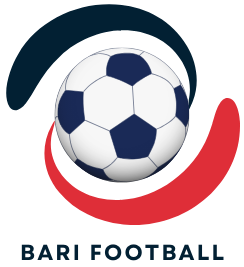The terms “over” and “under” are often used in various contexts to describe relative positions comparisons or limits Tài xỉu. These simple yet powerful terms can apply to countless situations whether in mathematics sports or day-to-day life.
In the world of betting the phrase “over/under” refers to a type of wager where a bookmaker sets a predicted threshold for a specific statistic such as the total points in a game. Bettors can then choose whether they believe the actual result will be over or under that threshold. This betting type is popular in many sports including football basketball and baseball. For example if the total points for a basketball game is set at 200 a bettor would bet on whether the total score will be over or under that figure.
The over/under concept also finds its place in data analysis where it helps in setting boundaries for datasets or expected outcomes. For instance in quality control over/under thresholds are used to determine whether a product meets certain standards. If the measurement is over or under the expected range it might indicate the need for adjustments or a closer inspection.
Another use of the over/under concept is in project management. When planning projects it is crucial to predict costs and timelines. By setting “over/under” markers project managers can estimate if a project will go beyond or fall short of its budget or schedule.
Understanding how to apply the over/under concept is useful across many industries and areas of life. Whether you’re betting on a game analyzing data or managing a project the ability to assess risks and set realistic expectations using this simple framework can help in making informed decisions.
